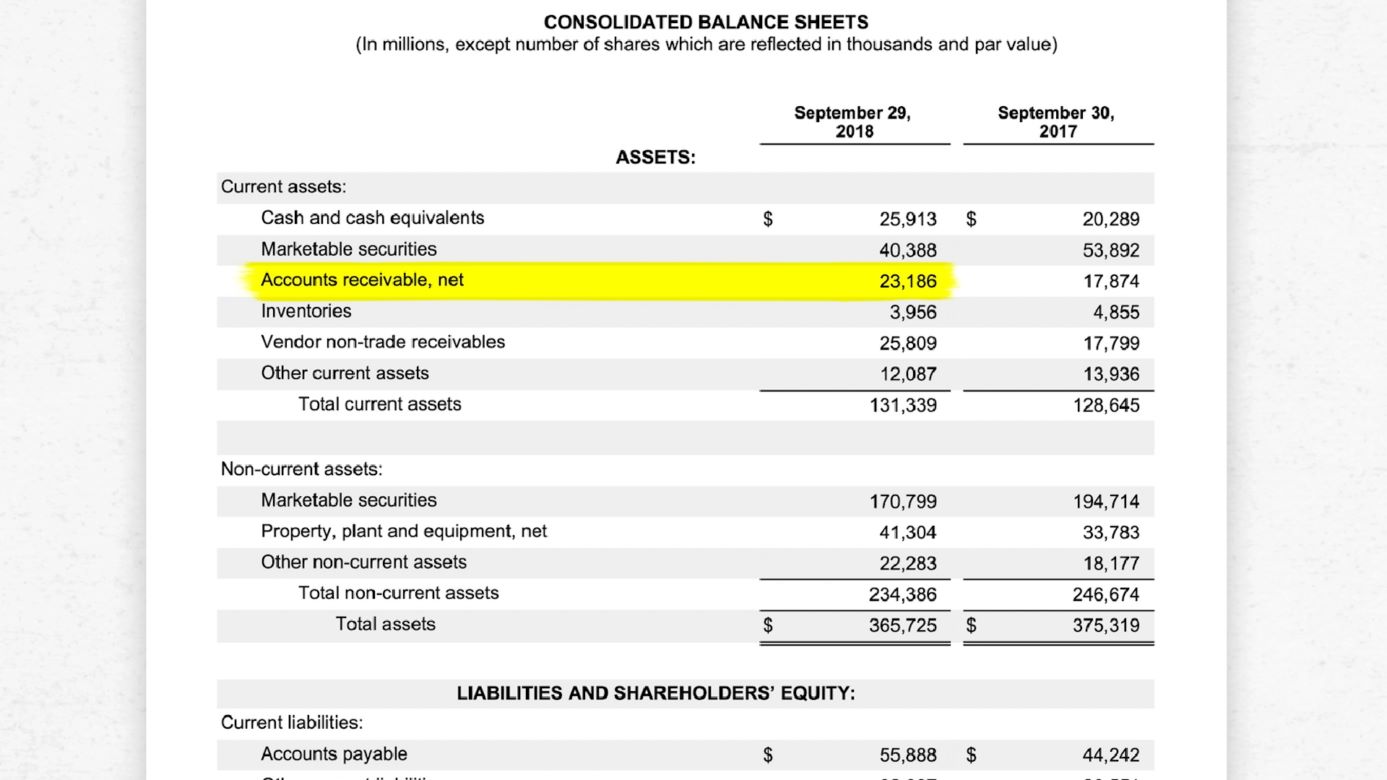Home>Finance>Accounts Receivable Subsidiary Ledger: Definition And Purpose


Finance
Accounts Receivable Subsidiary Ledger: Definition And Purpose
Published: September 28, 2023
Learn about the definition and purpose of an accounts receivable subsidiary ledger in finance. Enhance your financial management skills with this comprehensive guide.
(Many of the links in this article redirect to a specific reviewed product. Your purchase of these products through affiliate links helps to generate commission for LiveWell, at no extra cost. Learn more)
Accounts Receivable Subsidiary Ledger: Definition and Purpose
Finance is an essential aspect of managing any business, and it’s crucial to keep track of every financial transaction accurately. When it comes to managing accounts receivable, an Accounts Receivable Subsidiary Ledger plays a vital role. In this blog post, we’ll dive into what an Accounts Receivable Subsidiary Ledger is, its purpose, and why it’s crucial for your business.
Key Takeaways:
- An Accounts Receivable Subsidiary Ledger is a detailed record of individual customer accounts that tracks the amounts owed and payments made.
- It helps businesses manage and monitor customer accounts more effectively, providing insights into outstanding balances, collections, and customer payment trends.
Understanding an Accounts Receivable Subsidiary Ledger
An Accounts Receivable Subsidiary Ledger is a detailed record that breaks down the accounts receivable balance by customer. Essentially, it’s a subsidiary or secondary ledger that complements the general accounts receivable ledger and provides a more granular view of customer transactions.
Each customer in the Accounts Receivable Subsidiary Ledger has its own individual account, which contains information such as the name of the customer, invoice numbers, payment dates, outstanding balances, and other relevant transaction details. These accounts serve as a comprehensive and organized reference, making it easier to track and manage payments from individual customers.
With an Accounts Receivable Subsidiary Ledger, businesses can gain valuable insights into customer payment behavior, identify late payments, and promptly follow up on outstanding balances. By having a detailed record of each customer’s transactions, businesses can maintain healthy cash flow by monitoring and collecting payments more efficiently.
Benefits and Purpose of an Accounts Receivable Subsidiary Ledger
The primary purpose of an Accounts Receivable Subsidiary Ledger is to provide businesses with a more detailed account of customer transactions. This ledger helps organize and track the receivables owed by individual customers, allowing businesses to:
- Monitor Outstanding Balances: By having a dedicated ledger for each customer, businesses can easily monitor the outstanding balances and keep track of who owes money and for how long.
- Identify Payment Trends: With an Accounts Receivable Subsidiary Ledger, businesses can identify patterns in customer payment behavior, such as regular or late payments. This insight allows businesses to adjust their strategies accordingly.
- Follow Up on Delinquent Customers: Late payments can significantly impact a business’s cash flow. By using the information in the Subsidiary Ledger, businesses can proactively follow up with customers who have fallen behind on payments.
- Facilitate Financial Reporting: An Accounts Receivable Subsidiary Ledger provides detailed transaction information, making it easier for businesses to generate accurate financial reports. These reports are essential for budgeting, forecasting, and analyzing the overall financial health of the business.
In conclusion, an Accounts Receivable Subsidiary Ledger is an invaluable tool for businesses to manage and monitor customer accounts. It helps maintain accurate records of individual transactions, provides insights into payment trends, and facilitates effective collection strategies. By utilizing an Accounts Receivable Subsidiary Ledger, businesses can improve their cash flow, maintain healthy customer relationships, and ensure financial stability.
Remember, keeping your financial records in order is vital for the success and growth of your business. Implementing an Accounts Receivable Subsidiary Ledger helps you stay on top of customer payments, driving your business towards financial prosperity.














